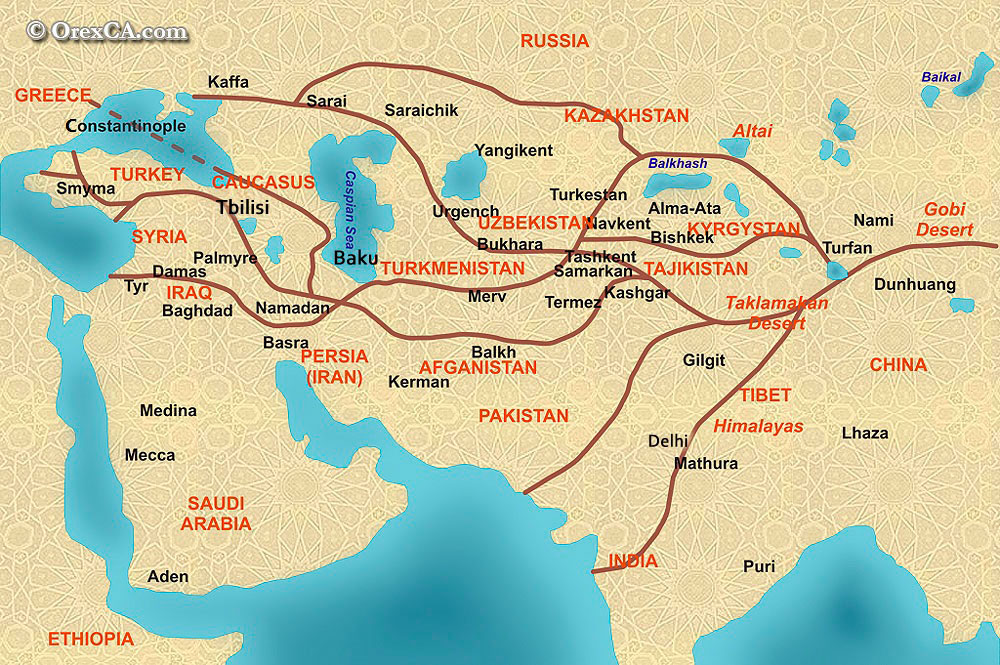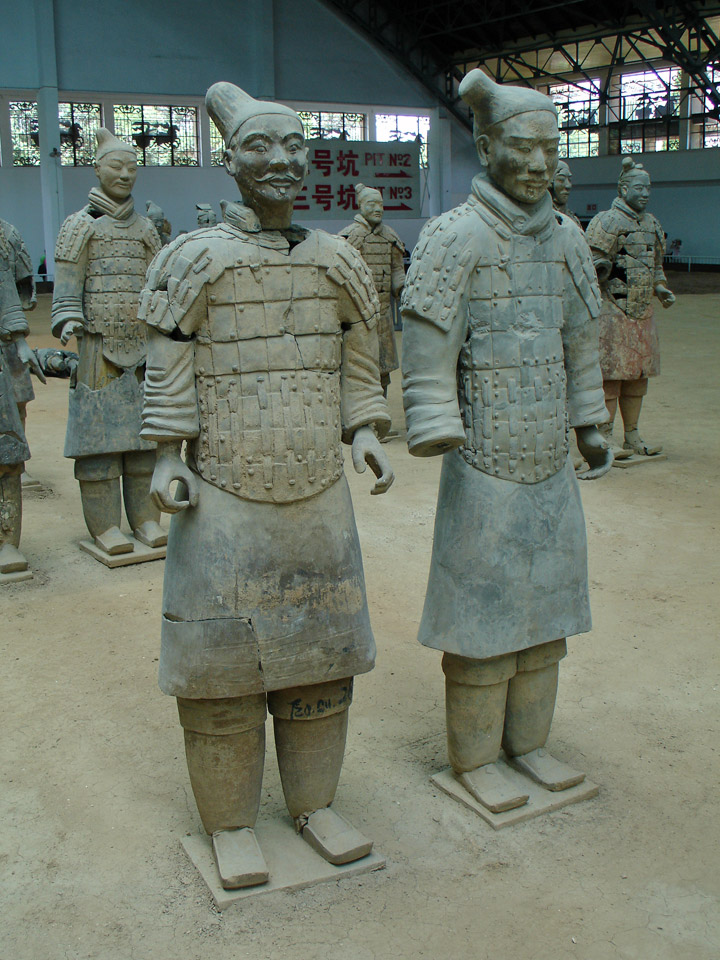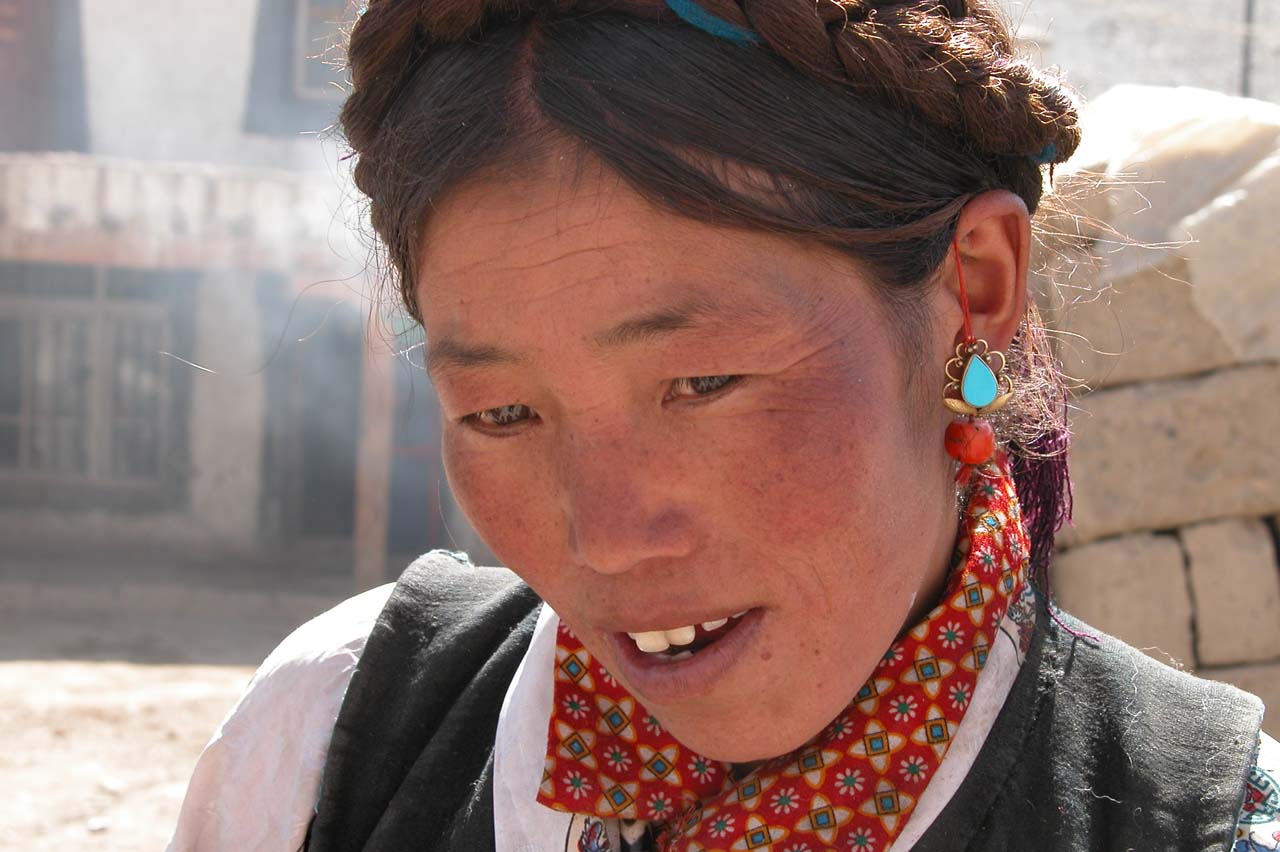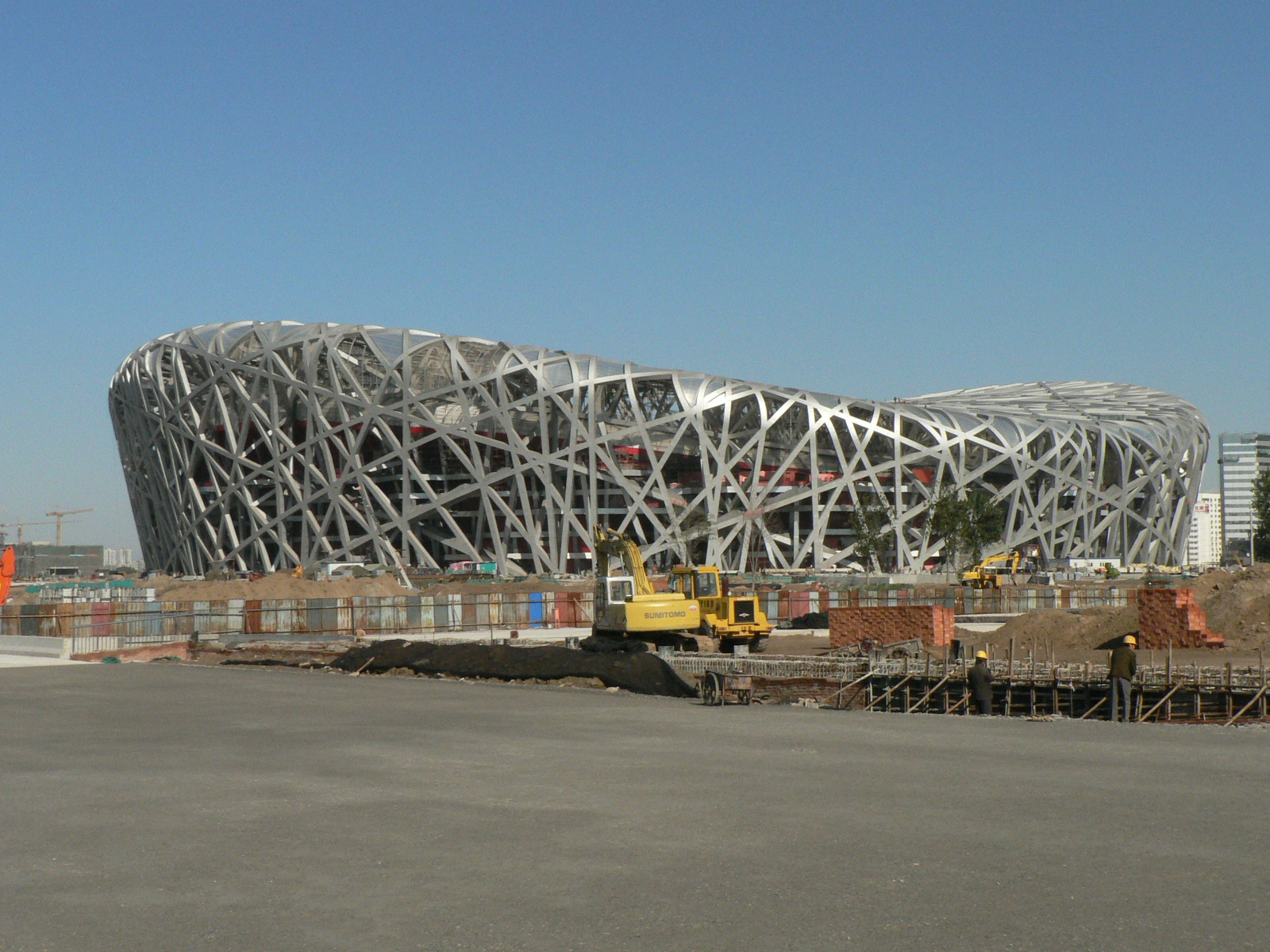Quick facts about China
- China has 1.3 billion people, a little over 20 percent of the world’s population.
- The Chinese New Year is the first day of the lunar calendar based on thecycles of the moon. The date varies from year to year buttypically falls in January or February.
- The twelve animals in the Chinese zodiac are the rat, ox, tiger, rabbit, dragon, snake, horse, sheep, monkey, rooster, dog, and pig, with each year represented by one of the animals. A full Chinese zodiac is twelve years. A complete calendar cycle is sixty years.
- The money used in China is called renminbi, meaning the people’s currency. The basic unit is the yuan.
- The Great Wall can be seenby the human eye from outer space.
- Giant pandas are a national treasure in China. There areabout 1,600 pandas living in the wild today.
- The compass, paper, gunpowder and printing are called the Four Greatest Ancient Chinese Inventions. Other Chinese inventions include fireworks and ice cream.
- China is the homeland of tea, and its cultivation dates back two thousand years.
- Mount Qomolangma (also known as Mount Everest), the highest point in the world, is located
between China and Nepal.
- In China, a person’s family name comes first, followed by the first name. There is no middle name.
- The three most popular Chinese family names are Li, Zhang, and Wang.
- In ancient China, Chinese characters were written on animal bones, turtle shells, silk, or bamboo slices.
More facts about China tomorrow!
 Marco Polo (1254–1324, born on Croatian island Korcula), who was a famous traveler, left his mark on the road.
Marco Polo (1254–1324, born on Croatian island Korcula), who was a famous traveler, left his mark on the road. In addition to silk products and some other goods, Chinese inventions such as the paper, compass, gunpowder and printing techniques, came to European territory. Meanwhile, Western music, the calendar, painting, astronomy and some other Western achievements entered China and became a part of the rich Chinese culture.
In addition to silk products and some other goods, Chinese inventions such as the paper, compass, gunpowder and printing techniques, came to European territory. Meanwhile, Western music, the calendar, painting, astronomy and some other Western achievements entered China and became a part of the rich Chinese culture. Pandas in Chinese are called Xiong Mao, meaning "bear-cat", because it looks like a bear in shape and a cat in face. Panda actually is a member of the bear family. It has black furs on ears, nose, eyes patches and shoulders and the rest is white. A panda is about sixty inches long from nose to rump and with a short tail of about six inches. A big one weighs more than two hundred to four hundred pounds. Pandas eat bamboo only, so they have to live in certain places where large amount of bamboo can be found.
Pandas in Chinese are called Xiong Mao, meaning "bear-cat", because it looks like a bear in shape and a cat in face. Panda actually is a member of the bear family. It has black furs on ears, nose, eyes patches and shoulders and the rest is white. A panda is about sixty inches long from nose to rump and with a short tail of about six inches. A big one weighs more than two hundred to four hundred pounds. Pandas eat bamboo only, so they have to live in certain places where large amount of bamboo can be found.  But pandas in the zoos eat some other things like rice porridge, apples, sweet potatoes and carrots.In recent years, bamboo flowers and then dies out, which happens once every one hundred years. Pandas will starve to death if they cannot find other bamboo forests before the one they live in dies. Today, there are only one thousand pandas in the wild and mostly in central China. It has been listed in the World Conversation Union's Red List of Threatened Animals, but it is still in danger. We need to do something more to help this rare and lovely animal
But pandas in the zoos eat some other things like rice porridge, apples, sweet potatoes and carrots.In recent years, bamboo flowers and then dies out, which happens once every one hundred years. Pandas will starve to death if they cannot find other bamboo forests before the one they live in dies. Today, there are only one thousand pandas in the wild and mostly in central China. It has been listed in the World Conversation Union's Red List of Threatened Animals, but it is still in danger. We need to do something more to help this rare and lovely animal Myth says that in 206BC the first Emperor of Unified China, Ch'in ShiHuangdi, decreed that after his death his body would be clothed in jade and cast adrift in a lake of Mercury. The lake, within a pyramid, was to be protected by an everlasting army. Like Tutankhamun, in Egypt, lord Pacal, in Mexico and the Viracochas', of Peru Shi Huangdi taught the super-science of the sun and the higher orders of spirituality. They say that, after he died, he flew to the sun to live forever.In 1974, archaeologists actually discovered the first of more than 8,000 life-size terracotta warriors buried near the pyramid tomb of Ch'in Shi Huangdi, confirming that the legend was more than just a myth. But why were the massive soldiers, each weighing more than half a tone, buried there at all? Was it simply to guard the Emperor in the afterlife?Maybe one day we'll get the answers to this questions
Myth says that in 206BC the first Emperor of Unified China, Ch'in ShiHuangdi, decreed that after his death his body would be clothed in jade and cast adrift in a lake of Mercury. The lake, within a pyramid, was to be protected by an everlasting army. Like Tutankhamun, in Egypt, lord Pacal, in Mexico and the Viracochas', of Peru Shi Huangdi taught the super-science of the sun and the higher orders of spirituality. They say that, after he died, he flew to the sun to live forever.In 1974, archaeologists actually discovered the first of more than 8,000 life-size terracotta warriors buried near the pyramid tomb of Ch'in Shi Huangdi, confirming that the legend was more than just a myth. But why were the massive soldiers, each weighing more than half a tone, buried there at all? Was it simply to guard the Emperor in the afterlife?Maybe one day we'll get the answers to this questions 
 Not only are five of China's largest cities (Shanghai, Wuhan, Chongqing, Chengdu and Nanjingon) or near the river, but the 1.8 million square km Yangtze River basin is also home to 1/3 of Chinas population (400 million).
Not only are five of China's largest cities (Shanghai, Wuhan, Chongqing, Chengdu and Nanjingon) or near the river, but the 1.8 million square km Yangtze River basin is also home to 1/3 of Chinas population (400 million).
 Among the 13 major Olympic stadiums scattered in the central area, there are 5 newly-built permanent stadiums: National Stadiums, National Gymnasium, National Swimming Center, National Tennis Center. 3 re-built stadiums such as Olympic Central Stadium, Olympic Central Gymnasium, Yingdong Swimming Gymnasium. All the sport amenities will be open to the public, except 5 temporary gymnasiums. This area will surely become the biggest sport facilities in Beijing.
Among the 13 major Olympic stadiums scattered in the central area, there are 5 newly-built permanent stadiums: National Stadiums, National Gymnasium, National Swimming Center, National Tennis Center. 3 re-built stadiums such as Olympic Central Stadium, Olympic Central Gymnasium, Yingdong Swimming Gymnasium. All the sport amenities will be open to the public, except 5 temporary gymnasiums. This area will surely become the biggest sport facilities in Beijing. Olympic Village is a place where the Olympic athletes live. Beijing municipal government invested 280 billion yuan in the 18 hectare Olympic Village. This area is designed so the athletes can enjoy the best amenities the host city can offer them. These amenities includes new parks, fresh air, smooth traffic, and a comfortable living environment. All of these amenities increases the real estate value of the surrounding area. According to the experts, they estimate the real estate price in the area will increase by 30%.
Olympic Village is a place where the Olympic athletes live. Beijing municipal government invested 280 billion yuan in the 18 hectare Olympic Village. This area is designed so the athletes can enjoy the best amenities the host city can offer them. These amenities includes new parks, fresh air, smooth traffic, and a comfortable living environment. All of these amenities increases the real estate value of the surrounding area. According to the experts, they estimate the real estate price in the area will increase by 30%.